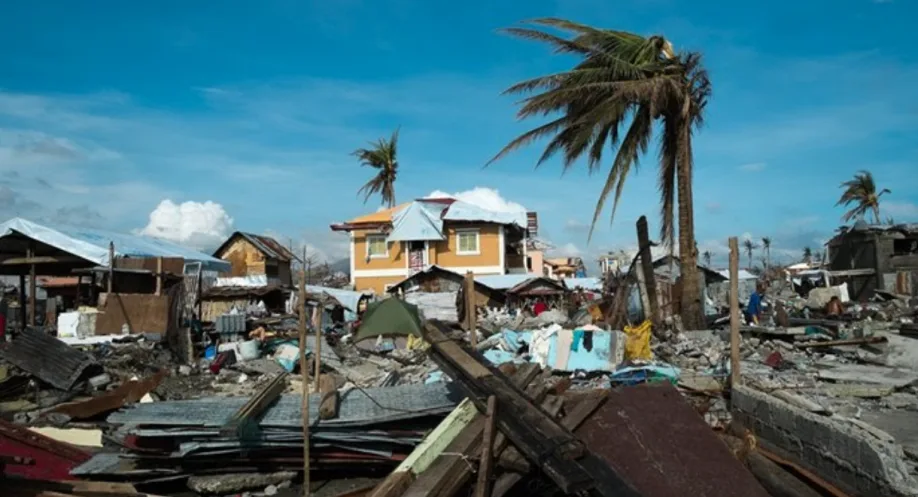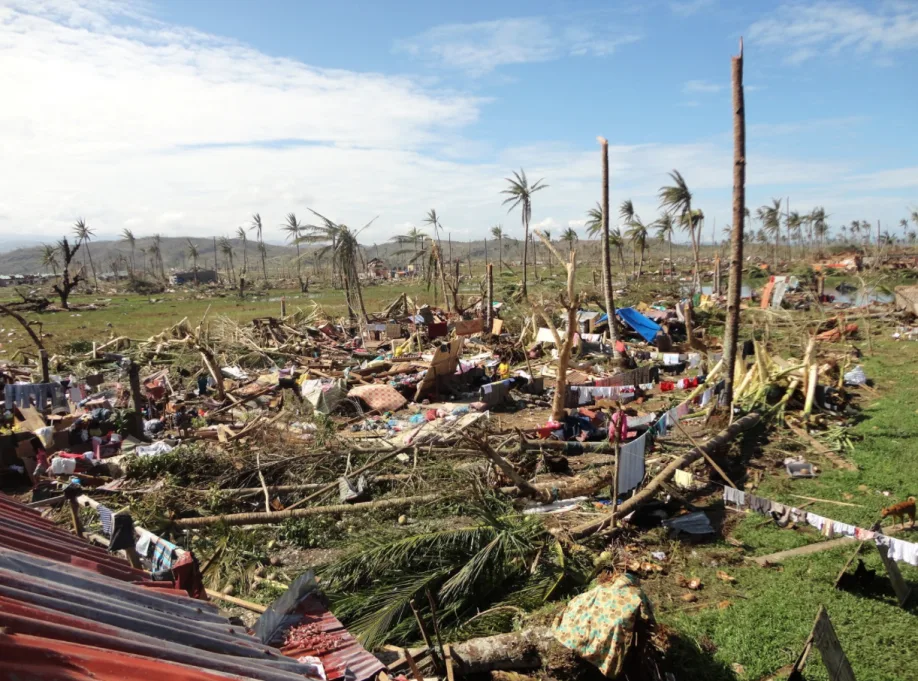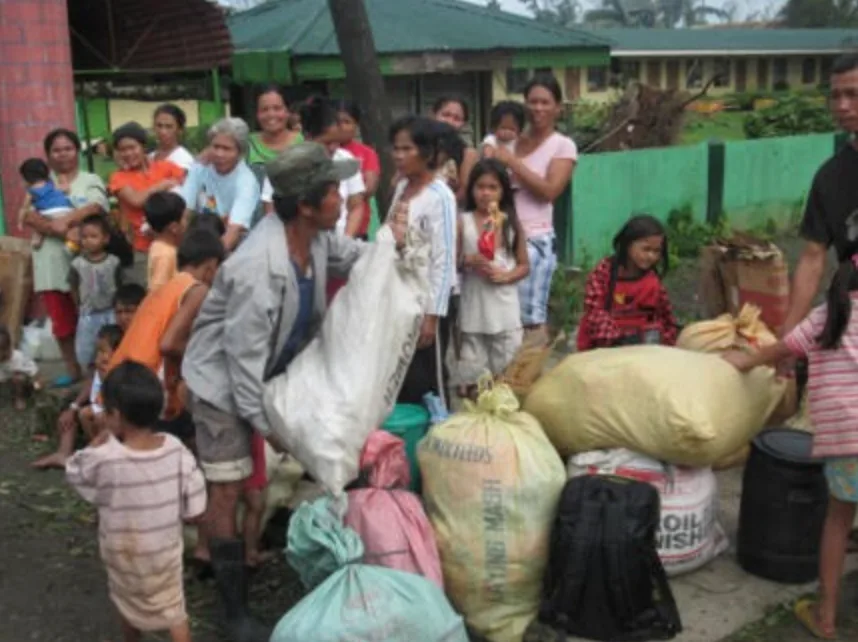
Recounting super typhoon Bopha that killed 1901 people
On Dec. 3, Typhoon Bopha winds reached 280 km/h, destroying areas of Mindanao.
This Day In Weather History is a daily podcast by Chris Mei from The Weather Network, featuring stories about people, communities and events and how weather impacted them.
--
Unfortunately, a lot of notable weather events that make it into our history are catastrophes. Today's weather history highlight is no different. On Dec. 3, 2012, Typhoon Bopha made landfall as a Category 5 super-typhoon over the southern Filipino island of Mindanao.
Bopha, known in the Philippines as Typhoon Pablo, goes down as the strongest tropical cyclone to make landfall on Mindanao.
The typhoon boasted winds of 280 km/h.
The area was flooded. You can see the rainfall totals below, calculated between Nov. 28 to Dec. 5, 2012. The white line indicates Bopha's track. The heaviest rain was around 9.4 inches. Most areas of eastern Mindanao experienced 3.9 inches of rain.

Credit: NASA/SSAI, Hal Pierce
The typhoon devastated the region. Thousands of people were left homeless and 1,901 people died.

Credit: Sonny Day from Davao City, Philippines
Bopha hit the provinces of Davao Oriental and Davao de Oro provinces before heading toward the southern and central regions of Mindanao. The power was cut and landslides ensued. The storm caused 170,000 people to flee to evacuation centres before dissipating on Dec. 9.

Credit: Storyful
To hear more about this super-typhoon that crashed through a Filipino island, listen to today's episode of "This Day In Weather History."
Subscribe to 'This Day in Weather History': Apple Podcasts | Amazon Alexa | Google Assistant | Spotify | Google Podcasts | iHeartRadio | Overcast'
Thumbnail courtesy of The UN Refugee Agency